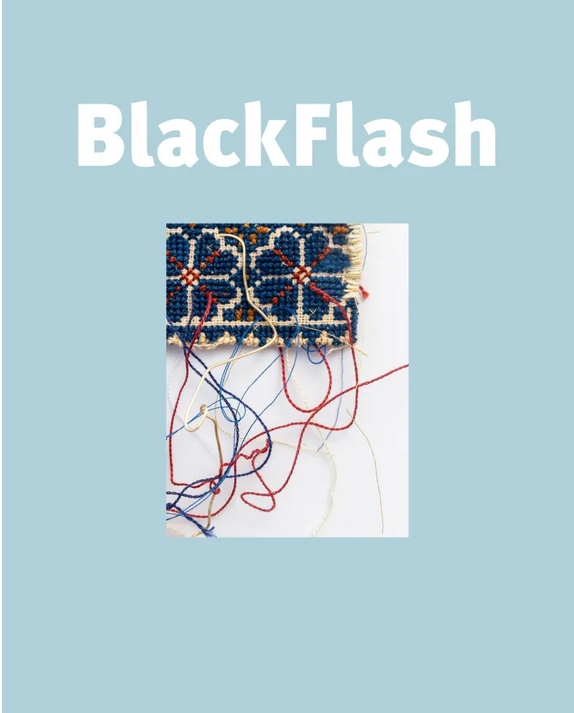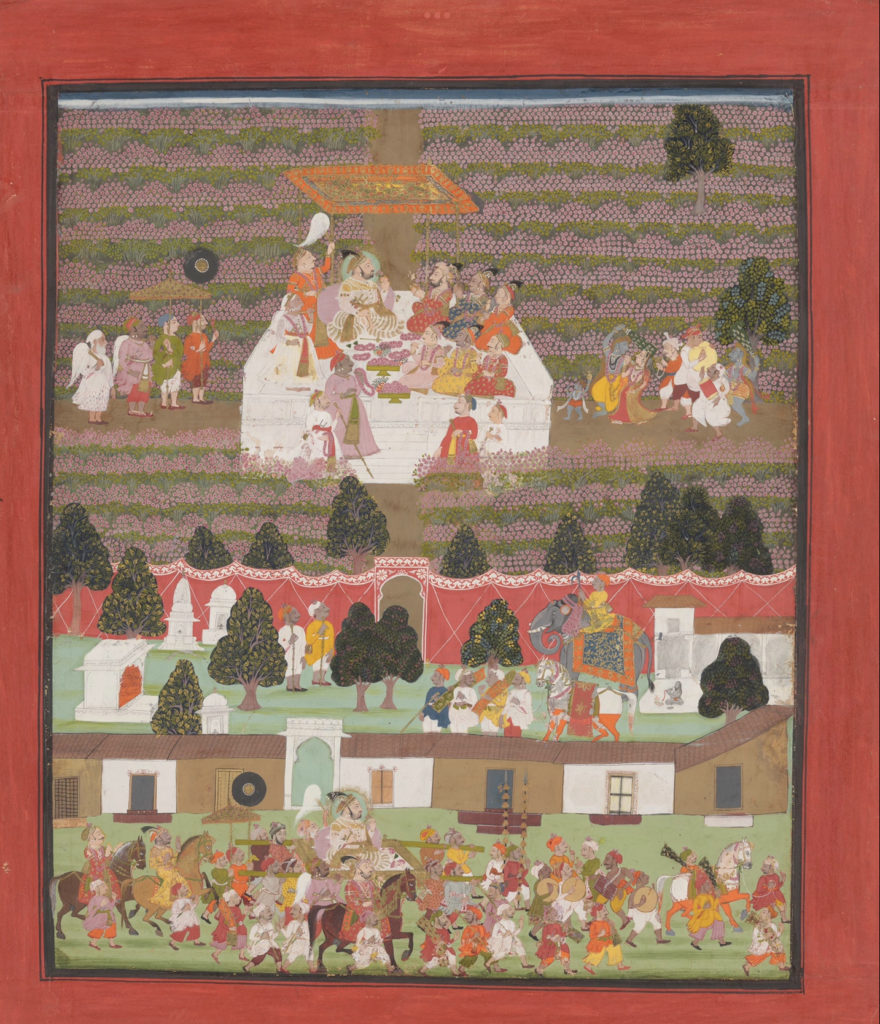
Canadian arts magazine, BlackFlash, has long been platforming the diverse and divergent in visual contemporary art. In its latest issue for Fall/Winter 2021, Infinities (38.3), it focuses on Islamic art, defined loosely, generously and inclusively; applied to everything from Instagram posts to ceramics to Microsoft Word, as a medium. The issue represents an important moment in the history of Muslims living in Canada, which understands them as part of the art scene, but also seeks to highlight how many immigrant Muslims are also taking accountability as settlers living on colonized land; the essays and artists in the issue question their relationship to the land and their responsibilities to its Indigenous peoples, as well as other systems of oppression such as anti-Blackness and Islamophobia. Infinities even looks beyond Canada and includes on its front cover an image of Palestinian tatreez by artist Samar Hejazi, which, as a medium, by sheer means of its existence, is a stand against Israeli settler-colonialism.
One of the reasons the Hazine team was so excited to highlight BlackFlash was that the prospect of an Islamic arts issue of BlackFlash was novel: documenting such a project is critical to anyone who identifies with Islamic art –Muslim, however that is defined, or non-Muslim alike– and might want to embark on a similar project. The careful curation of BlackFlash 38.3 is due to its guest editor and BlackFlash editorial committee member, Nadia Kurd. She tells us in this interview how this issue came to be, how it fits into BlackFlash’s overall vision, working with writers, and how Infinities might inspire the Canadian art scene.
All images provided by Nadia Kurd.
You can order a digital or physical copy of Infinities here, read much of the issue online here and enjoy some of the web features related to the issue here. Additionally, Kurd commissioned a series of responses to the issue, which are forthcoming.
At Nadia Kurd’s recommendation, we encourage you to support the Canadian Council of Muslim Women, NISA Homes, and the Indian Residential School Survivor Society.
Continue reading “Islamic Art in Contemporary Canada: Nadia Kurd on BlackFlash’s Infinities Issue”
